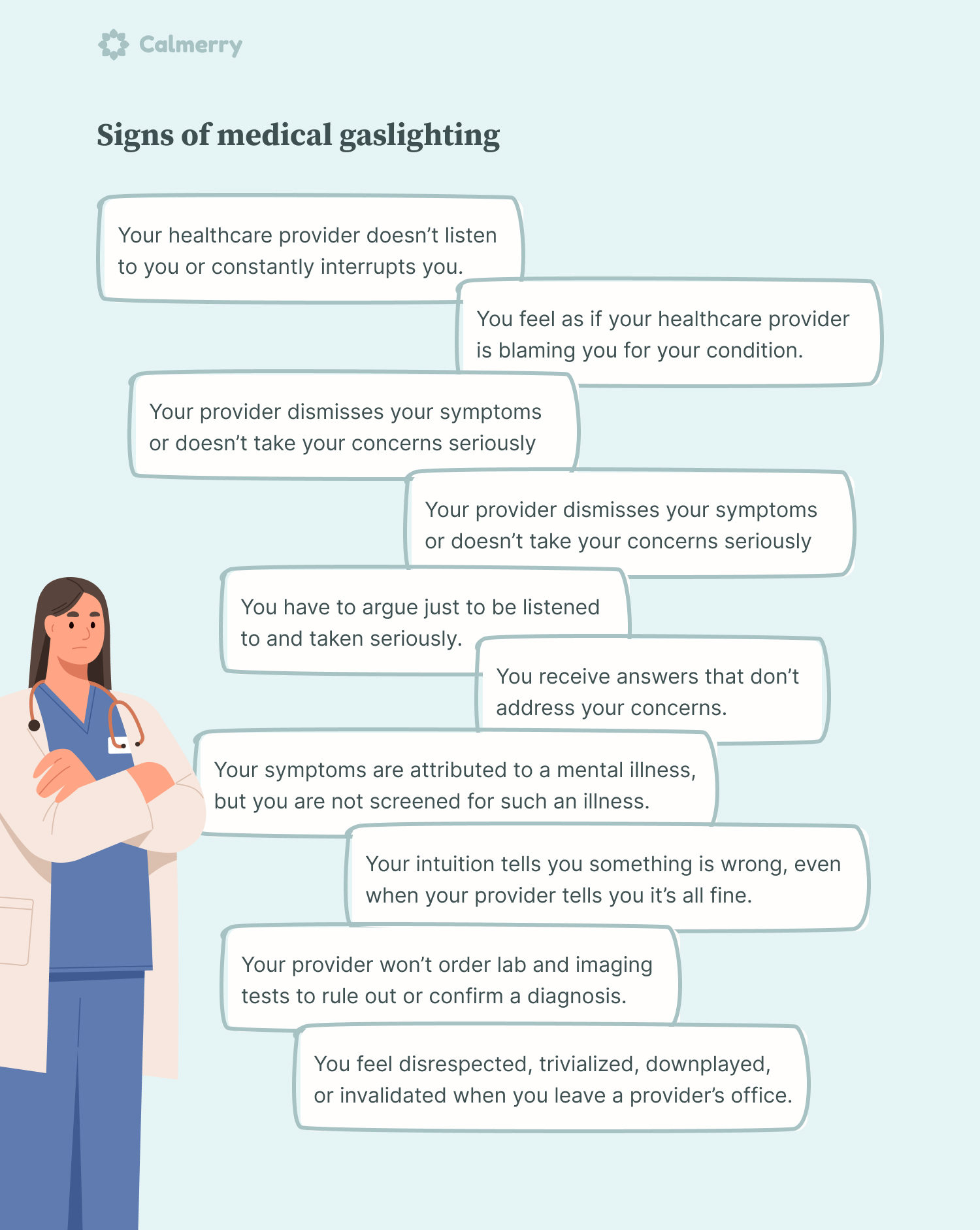Pediatric brain cancer predictions are taking a transformative leap forward with the introduction of innovative AI technologies. Recent research highlights how advanced tools, specifically designed for pediatric oncology, are outperforming traditional methods in predicting cancer relapse, particularly in children suffering from gliomas. By employing temporal learning AI, these systems can analyze sequential brain tumor MRI scans to assess glioma recurrence risk more accurately than ever before. This groundbreaking approach not only enhances the precision of pediatric cancer imaging but also aims to alleviate the stress often associated with relentless follow-ups for young cancer patients and their families. As we move toward more accurate predictions in pediatric brain cancer, the integration of AI in medical diagnostics represents a promising shift towards improved treatment outcomes for children afflicted with brain tumors.
The forecast of childhood brain tumors, particularly in terms of recurrence and treatment response, is undergoing significant advancements due to cutting-edge analytical techniques. By leveraging artificial intelligence and machine learning, specifically in the realm of pediatric oncological care, researchers are beginning to achieve remarkable accuracy in assessing the likelihood of glioma recurrence. Utilizing sequential MRI scans allows for a more comprehensive understanding of tumor behavior over time, facilitating a refined approach to patient management. This methodological evolution aims to reduce unnecessary imaging appointments while simultaneously focusing on those at elevated risk for relapse. As such, the future of diagnosing and treating brain cancers in children is becoming increasingly optimistic with the incorporation of AI-driven methodologies.
The Role of AI in Predicting Pediatric Brain Cancer Recurrences
Recent advancements in artificial intelligence (AI) have revolutionized the field of pediatric oncology, particularly in predicting brain cancer recurrences among children. A Harvard study revealed that an AI tool significantly outperformed traditional methods in assessing recurrence risk for pediatric gliomas. By utilizing machine learning algorithms, researchers were able to analyze a multitude of brain scans over time, leading to predictions with an accuracy rate of 75-89%. This development marks a major step forward in how we approach pediatric cancer imaging, providing hope for more precise monitoring and care strategies. Traditional approaches, which often rely on singular MRI scans, have proven less effective, underscoring the necessity for innovative solutions like temporal learning AI that can analyze patterns over time.
AI’s unique ability to synthesize data from multiple scans allows healthcare providers to identify children at higher risk for glioma recurrences early in the post-surgical period. This capability not only enhances the accuracy of predictions but also has the potential to alleviate the emotional and physical burden associated with frequent imaging. Minimizing unnecessary MRIs could lead to improved quality of life for young patients and their families, making routine follow-ups less daunting. As a result, incorporating AI into pediatric cancer care may signify a shift toward more personalized and proactive treatment options for young cancer patients.
Understanding Temporal Learning AI and Its Implications
Temporal learning AI represents a significant leap in medical imaging technology. This innovative approach allows AI models to learn from a sequence of images taken over an extended period, which is essential for detecting minute changes that may indicate a recurrence of brain tumors. In the context of pediatric oncology, the ability to track these changes is pivotal, as many pediatric gliomas show a varied risk of relapse. By employing temporal learning, researchers can tune AI models specifically to discern subtle variations across multiple MR scans taken post-surgery, enhancing the model’s predictive capabilities.
The implications of utilizing temporal learning in pediatric brain cancer predictions cannot be overstated. By specifically tailoring AI tools to recognize the patterns of a child’s recovery path measured through their imaging data, physicians may soon have a sophisticated tool for early intervention in at-risk patients. This not only informs treatment decisions but also supports a paradigm shift from reactive to proactive medical care, potentially leading to better outcomes for young patients. As researchers continue to validate these findings across various clinical settings, the future looks bright for the integration of AI technologies in pediatric oncology.
AI Tools and Their Impact on Pediatric Cancer Imaging
The integration of AI in pediatric cancer imaging has brought about a transformative impact in the monitoring and treatment of brain tumors. Unlike traditional imaging assessments that depend on manual evaluations, AI tools streamline the analysis of numerous scans, assisting oncologists in detecting glioma recurrences much more efficiently. This capability allows physicians to focus their expertise on treatment strategies rather than on the time-consuming task of reviewing individual scans. Consequently, the overall speed of diagnosis and treatment adaptation improves dramatically, leading to better management of pediatric brain cancer cases.
Furthermore, AI-powered imaging technologies like those used in the recent study at Mass General Brigham promise not just greater diagnostic accuracy, but also potential cost savings in healthcare. With predictive analytics, healthcare providers could tailor their follow-up schedules based on the recurrence risk rather than following a strictly uniform imaging protocol. In effect, this creates an opportunity to allocate resources more effectively while simultaneously minimizing patient exposure to unnecessary procedures, making AI an indispensable ally in the fight against pediatric brain cancer.
The Future of Pediatric Oncology with AI Innovations
As we look toward the future, the innovations brought about by AI are poised to reshape the landscape of pediatric oncology significantly. The continued development of machine learning models in healthcare—particularly in analyzing and predicting cancer trajectories—affords physicians a deeper understanding of individual patient profiles. By harnessing AI to predict glioma recurrence risk based on temporal learning from longitudinal imaging, we can foresee a healthcare model that prioritizes tailored treatments and patient-centered care.
Moreover, the potential for AI tools to revolutionize clinical trials opens doors to new treatment methodologies for pediatric brain cancer. Such innovations not only promise to enhance therapeutic effectiveness but also to refine patient selection processes for experimental treatments. As researchers obtain more data and refine these AI models, it stands to reason that the care offered to young cancer patients will become more informed, compassionate, and ultimately, more successful in improving the long-term outcomes of pediatric brain tumors.
Challenges and Limitations of Implementing AI in Pediatric Cancer Care
Despite the promise of AI in predicting pediatric brain cancer relapses, several challenges and limitations must be addressed to ensure successful implementation. One major concern is the need for validation of AI tools across diverse clinical settings. While the initial findings at Mass General Brigham demonstrate high accuracy rates using temporal learning, it is critical that these results are replicated in various populations and institutions before widespread clinical application. Different demographics may present unique challenges that could affect the performance of AI algorithms, hence comprehensive testing is essential.
Moreover, ethical considerations surrounding the use of AI in pediatric oncology can’t be overlooked. The sensitivity of a child’s health data and the implications of incorrect predictions necessitate rigorous protocols to safeguard patient information. Furthermore, healthcare providers require adequate training to integrate these AI technologies into their practice comprehensively. As the field evolves, addressing these challenges will be paramount to unlocking the full potential of AI in improving pediatric cancer outcomes.
Comparing Traditional Methods to AI-Driven Approaches
The distinction between traditional methods and AI-driven approaches in pediatric cancer care is becoming increasingly pronounced, particularly in the realm of predicting glioma recurrences. Traditional methods typically rely on single MRI scans and clinician judgment, which can lead to subjective interpretations and potential inaccuracies. In contrast, AI-driven models leverage extensive datasets from multiple scans to provide a more nuanced analysis of a patient’s condition. This shift not only enhances predictive accuracy but also fosters a deeper understanding of tumor behavior over time.
As the healthcare community embraces these AI advancements, pediatric oncologists may find themselves equipped with tools that not only improve the precision of their evaluations but also empower them to offer more proactive care. For instance, by comparing past imaging with current fresh data through AI, physicians can identify troubling trends well before they escalate into relapses. This proactive approach can lead to timely interventions, ultimately improving prognosis and minimizing adverse outcomes for young patients facing brain tumors.
Exploring AI’s Contribution to Glioma Treatment Strategies
AI’s contribution to the treatment strategies for pediatric gliomas is noteworthy, as its predictive capabilities pave the way for personalized medicine approaches. By accurately predicting recurrence risks, AI tools can help oncologists determine the most effective treatment regimen tailored to each child’s unique circumstances. For instance, children identified as high-risk through AI assessments may benefit from more aggressive treatment plans while those deemed low-risk might avoid unnecessary procedures.
The ability of AI to analyze large datasets not only aids in individual treatment planning but can also drive research into new therapies. With access to vast amounts of imaging data, AI can help identify patterns that may lead to promising treatment pathways. As AI continues to evolve, its role in facilitating collaborative efforts among oncologists, researchers, and data scientists will be crucial in fostering innovation within pediatric glioma treatments and improving overall patient outcomes.
The Importance of Collaborative Research in Pediatric Oncology
Collaborative research plays an essential role in advancing pediatric oncology, particularly with the integration of AI technologies. Studies like the one conducted by Mass General Brigham highlight the importance of partnerships among various institutions, such as Boston Children’s Hospital and Dana-Farber/Boston Children’s Cancer and Blood Disorders Center, in pooling data and resources. This collaborative approach enables researchers to create robust datasets, enhancing the AI’s learning capabilities and predictive accuracy regarding pediatric brain cancer.
Encouraging collaborative efforts not only enriches the data available for AI training but also fosters innovation as different perspectives contribute to solutions in pediatric cancer care. As these partnerships expand, they facilitate clinical trials and the sharing of findings that can rapidly influence treatment protocols. Ultimately, enhancing collaborative research within the field could lead to breakthroughs that significantly affect the management and outcomes of pediatric brain tumors, firmly placing AI as a cornerstone of future advancements.
Looking Ahead: The Future of AI in Pediatric Brain Cancer Management
As we look ahead to the future of pediatric brain cancer management, the role of AI is expected to grow significantly. The promising results of AI tools in predicting recurrence risk in pediatric gliomas suggest that we are on the brink of a new era in cancer care. With continued advancements in deep learning and temporal learning methodologies, we can expect even greater accuracy and predictive power that will transform patient management and follow-up strategies.
Moreover, the ongoing research and development in AI applications may inspire further innovation in how we conduct trials and study pediatric cancers. As AI becomes increasingly integrated into clinical workflows, medical professionals can refocus their efforts on holistic patient care, taking advantage of AI’s analytical power to guide more informed decisions. The trajectory of pediatric brain cancer management is poised to be reshaped by AI, ushering in a future where treatments are more effective, personalized, and hopeful for young patients.
Frequently Asked Questions
How does AI in pediatric oncology improve predictions for brain cancer relapse risk?
AI in pediatric oncology enhances predictions for brain cancer relapse risk by analyzing multiple brain scans over time. This approach, known as temporal learning, allows the AI to identify subtle changes in imaging that single scans miss. Consequently, researchers demonstrated that predictions for glioma recurrence risk improved significantly, achieving accuracy rates between 75-89%.
What is the role of temporal learning AI in predicting glioma recurrence risk in pediatric patients?
Temporal learning AI plays a crucial role in predicting glioma recurrence risk by analyzing a series of brain scans captured over several months. Unlike traditional methods that rely on individual images, this AI technique synthesizes data to recognize patterns indicating possible cancer recurrence, ultimately leading to more accurate assessments for pediatric patients.
How does pediatric cancer imaging contribute to better outcomes for children with brain tumors?
Pediatric cancer imaging, particularly through advanced techniques like AI-based brain tumor MRI analysis, contributes to better outcomes by enabling early detection of glioma recurrence risk. With accurate predictions, healthcare providers can tailor follow-up schedules and treatment plans, potentially alleviating unnecessary stress on families and improving clinical management.
What findings did the study on pediatric brain cancer predictions reveal about MRI analysis for glioma?
The study on pediatric brain cancer predictions revealed that new AI tools utilizing temporal learning for MRI analysis can predict glioma recurrence risk with up to 89% accuracy, significantly surpassing traditional prediction methods. This enhanced capability holds promise for refining follow-up care and reducing the burden of frequent imaging on pediatric patients.
Why is it important to improve predictions for brain cancer relapse risk in children?
Improving predictions for brain cancer relapse risk in children is critical as it directly impacts treatment strategies and patient management. Accurate AI-driven assessments can lead to timely interventions for high-risk patients, minimizing the risk of devastating relapses while sparing lower-risk patients from unnecessary procedures and stress associated with frequent imaging.
| Key Point | Details |
|---|---|
| AI Tool Development | AI trained with temporal learning predicts relapse risk in pediatric brain cancer patients. |
| Study Significance | Study shows AI can predict recurrence of gliomas with 75-89% accuracy, outperforming traditional methods. |
| Collaboration and Resources | Study involved 4,000 MR scans from 715 pediatric patients, led by Mass General Brigham and Boston Children’s Hospital. |
| Clinical Implications | Potential to improve patient care by reducing unnecessary imaging and targeting treatments for high-risk patients. |
Summary
Pediatric brain cancer predictions have seen a significant advancement with the introduction of AI tools that enhance the accuracy of relapse risk assessments. This innovative approach, utilizing temporal learning from multiple brain scans, has demonstrated the ability to forecast the recurrence of pediatric gliomas much more effectively than traditional imaging methods. By offering a refined ability to identify at-risk patients early, this AI methodology holds promise for improving treatment protocols and patient outcomes in pediatric oncology.



